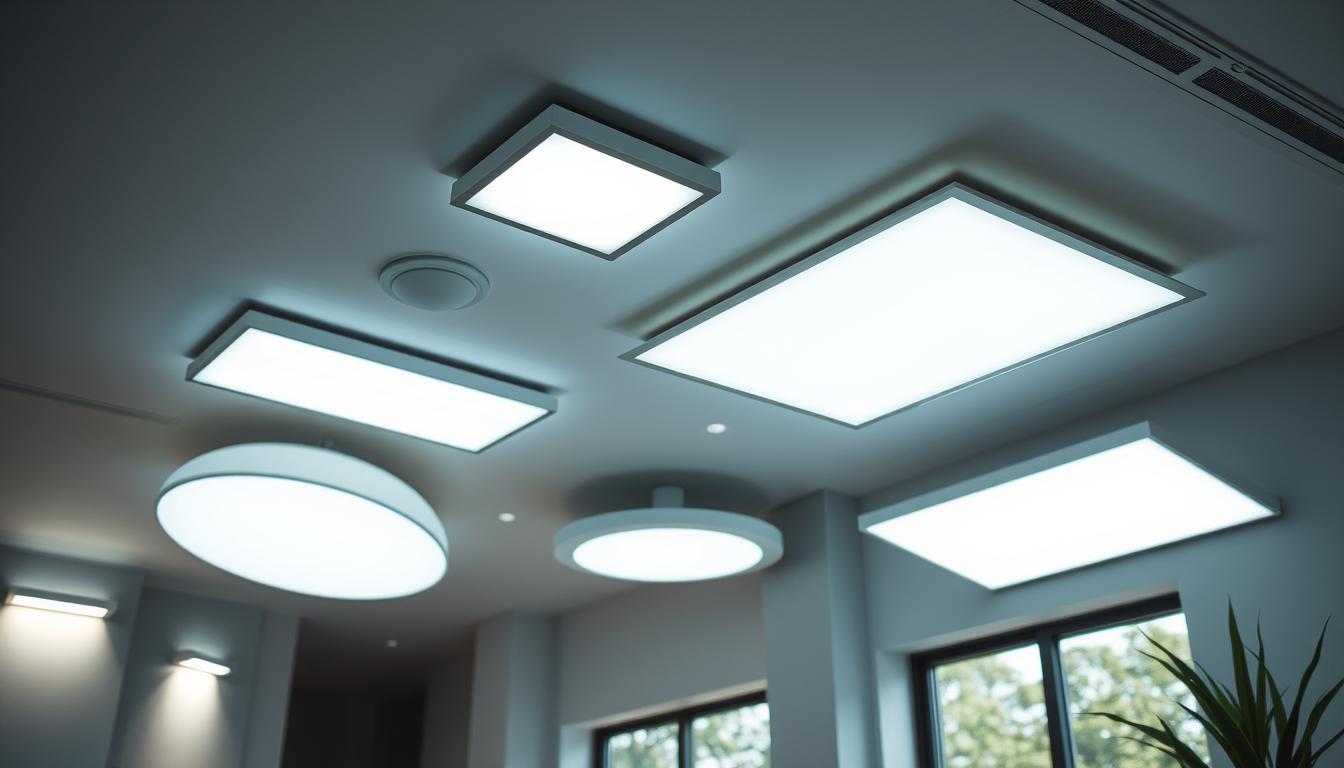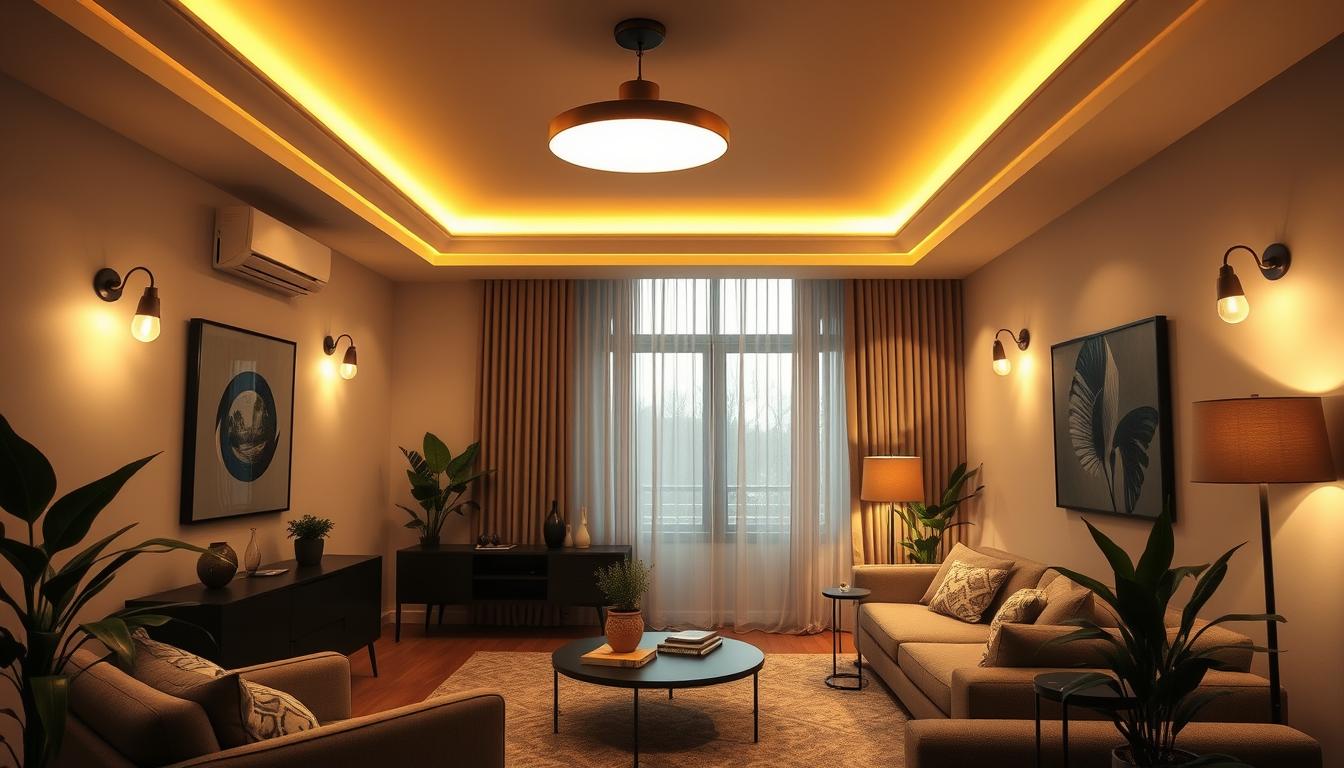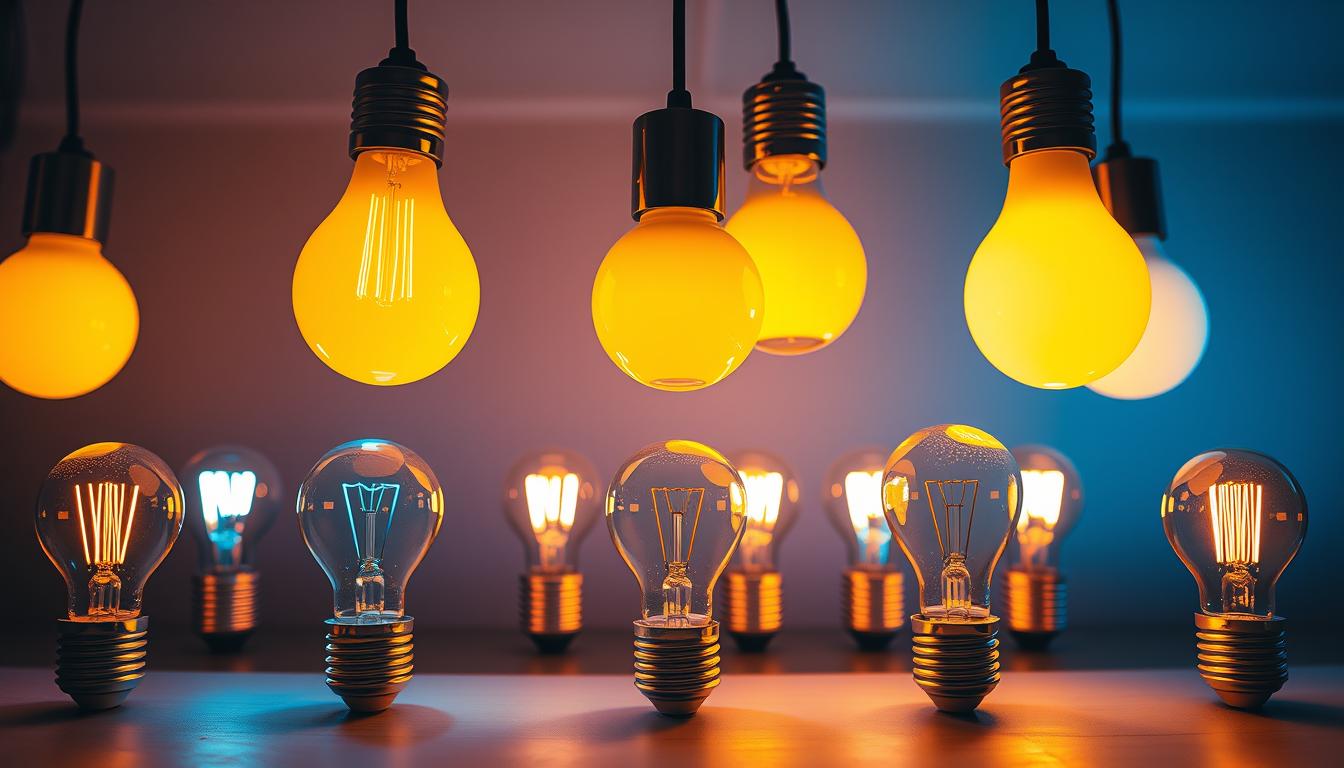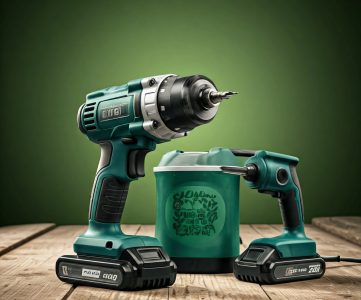Switching to LED lighting is a smart move for homes and businesses. It cuts down energy use and helps the planet. LED lights are a big step towards a greener future.
LEDs use diodes to light up, which is better than old lights. This makes them a top choice for saving money and the environment. More and more people are choosing LED lights for these reasons.
Key Takeaways
- LED installation can help reduce energy consumption
- LED lighting is a more energy-efficient method than traditional lighting
- LED conversion can contribute to a more sustainable environment
- Energy efficiency is a key benefit of LED lighting
- LED lighting can help reduce energy bills
- LED installation is a simple and effective way to make a positive impact on the environment
Understanding the Benefits of LED Lighting Systems
LED lighting systems are gaining popularity fast. They offer big benefits like saving energy and being kinder to the environment. By picking the right bulbs and following a good installation guide, you can get the most out of LED lighting.
LED bulbs are a big win for saving energy. They use much less power than old bulbs, which means lower bills and less harm to the planet. Energy savings can really add up, helping both businesses and homes cut down on costs.
Key Benefits of LED Lighting
- Reduced energy consumption
- Longer lifespan compared to traditional bulbs
- Environmentally friendly
LED lighting also helps the planet. They last longer and use less energy, which cuts down on waste and the need for fossil fuels. It’s key to pick the right bulbs for your needs and follow the installation guide.
By learning about LED lighting’s benefits and following a good installation guide, you can make smart choices. This helps you and future generations live in a greener world.
Planning Your LED Installation Project
Planning an LED installation project involves several key factors. These include budget and scheduling. It’s important to assess the current lighting situation to find the best LED conversion approach. This means looking at the existing lights, their locations, and the needed light output for each area.
A well-planned LED installation can save energy and cut costs. Here are some important things to think about:
- Determine the budget for the project, including the cost of materials and labor
- Assess the current lighting situation and identify areas for improvement
- Choose the right type of LED lighting for each area, considering factors such as light output and color temperature
- Schedule the installation at a time that minimizes disruption to daily activities
By planning carefully, homeowners can make their LED installation project a success. This means thinking about the look they want and picking LED lights that fit their needs for light output and style.
With good planning, an LED installation project is a smart investment. It offers long-term energy savings and better lighting. By evaluating the current lighting, setting a budget, and picking the right LED lights, homeowners can enjoy a successful LED conversion project.
Essential Tools and Materials for LED Conversion
For a successful LED conversion, you need the right tools and materials. A good installation guide will help you get everything ready. You’ll need a voltage tester, wire strippers, and a drill, among others.
Adjusting brightness levels is key for the right ambiance and function. To get the lighting just right, you must know how to adjust your LED lights’ brightness.
Required Installation Equipment
- Voltage tester
- Wire strippers
- Drill
- Screwdrivers
Safety Gear Checklist
Always prioritize safety when working with electrical systems. Your safety gear list should have gloves, safety glasses, and a first aid kit. With a detailed guide and safety steps, your LED conversion will be safe and successful.
Wiring and Connection Materials
Good wiring and connections are crucial for LED installation. You’ll need wire nuts, connectors, and a wiring diagram. A detailed guide and the right materials will help you achieve a safe and efficient LED conversion. You can also adjust brightness levels as needed.
Professional LED Installation vs DIY Approaches
Homeowners and businesses face a choice: go pro or DIY with LED installation. Each path has its benefits and drawbacks. The decision hinges on the project’s complexity and the person’s skill level. Energy savings are key, as a smart LED setup can cut down on energy use.
DIY can save money for simple tasks like swapping bulbs or adding strip lights. But, for complex jobs needing wiring or electrical work, a pro is better. Pros ensure the job is safe and done right, avoiding mistakes. They also know the best LEDs for energy savings and upkeep.
- Project complexity: Needing electrical work? Go pro.
- Cost: DIY is cheaper but might not save as much energy.
- Safety: Pros keep the job safe, avoiding accidents.
For energy savings, a pro LED install is a smart choice. It cuts energy use and lowers bills. Choosing the right LEDs and a smart lighting design boosts savings and eco-friendliness.
Choosing the Right LED Bulbs and Fixtures
When picking LED bulbs and fixtures, think about bulb types, color temperature, and brightness. The right mix can change a room’s feel and function. Warm white bulbs give a cozy vibe, while cool white bulbs are brighter and more energizing.
Consider the bulb’s lumen output for brightness. Use high lumen bulbs for tasks like reading or cooking. For a relaxing feel, choose bulbs with lower lumen output. Popular types include A19, BR30, and GU10, each with its own use.
Color Temperature Options
Color temperature is measured in Kelvin (K). It ranges from warm white (2700K-3000K) to cool white (3500K-5000K). Here are some common options:
- Soft white (2700K-3000K): warm and cozy, great for living rooms and bedrooms
- Bright white (3500K-4100K): neutral and energizing, perfect for kitchens and bathrooms
- Daylight (5000K-6500K): cool and invigorating, often used in task lighting and outdoors
Brightness Considerations
Brightness can be adjusted with dimmers or by picking bulbs with different lumen output. Think about the brightness you want in each room. Consider task lighting, ambient lighting, and overall quality.
Step-by-Step LED Installation Process
LED conversion needs a good installation guide for success. This process has many steps, each needing focus and safety.
First, prepare the area for the installation. Make sure you have all tools and materials ready. Read the installation guide and wiring connection guide provided with the LED fixtures.
Safety Preparations
- Turn off the power to the circuit at the main electrical panel.
- Verify the power is off using a voltage tester.
- Wear protective gear, including gloves and safety glasses.
Removal of Old Fixtures
Take out the old fixtures carefully. This lets you access the wiring for a smooth LED conversion.
Wiring Connection Guide
Use the wiring connection guide to make sure connections are right. This step is key to avoid safety risks and ensure efficiency.
Testing and Verification
After finishing, turn the power back on and test the LED fixtures. Make sure they work well and all connections are secure. This completes the LED conversion.
| Step | Description |
|---|---|
| 1. Safety Preparations | Turn off power, verify with voltage tester, wear protective gear. |
| 2. Removal of Old Fixtures | Remove old fixtures, take care not to damage surrounding area. |
| 3. Wiring Connection Guide | Consult wiring connection guide, ensure correct connections. |
| 4. Testing and Verification | Turn power back on, test LED fixtures, verify connections. |
Common LED Installation Challenges and Solutions
When you start an LED installation project, you might face some challenges. These can affect the energy savings and how well the lights work. Issues like compatibility problems, not enough light, and wiring issues are common.
To solve these problems, knowing the LED installation process well is key. Here are some solutions:
- Get help from a pro to check for compatibility and light levels.
- Do your homework on the LED products and what you need to install them.
- Use a detailed guide to help you through the installation steps.
Knowing about these challenges and how to fix them can lead to a successful LED installation. This ensures you get the energy savings and lighting quality you want.
Being able to find and fix problems is important in LED installation. This way, you can make the most of your energy savings and enjoy your new LED lights.
Maximizing Energy Savings Through Smart Controls
Smart controls can greatly improve how much energy LED lighting saves. Homeowners and businesses can cut down on energy use by adding smart tech. This is done with motion sensors and timers.
Motion sensors turn off lights when no one is around. Timers let you set when lights should turn on and off.
Some top ways to save energy include:
- Motion sensors and timers for automated control
- Dimming options for adjustable lighting levels
- Smart home integration for seamless control and monitoring
Using these smart controls can lead to big energy savings. For example, dimming options let you change light levels for different activities. Plus, smart home integration lets you control lights from anywhere, saving even more energy.
Smart controls are key to saving energy and making lighting more efficient. By using these technologies, we can help the planet and enjoy better lighting.
Maintenance Tips for LED Lighting Systems
Regular maintenance is key to keeping LED lighting systems running well. Proper installation and care can make them last longer and stay energy-efficient. By following a few simple tips, you can keep your LED lighting system in top shape.
Cleaning is a crucial part of maintenance. Dust and dirt can build up and lower efficiency. Cleaning procedures should be done often to avoid this. Use a soft cloth and mild soap to clean the fixtures.
Cleaning Procedures
- Turn off the power to the lighting system before cleaning.
- Use a soft cloth to wipe down the fixtures.
- Avoid using harsh chemicals or abrasive materials.
Troubleshooting Guide
If you spot any issues with your LED lighting, fix them quickly. A troubleshooting guide can help you find and fix common problems like flickering or dimming lights.
Understanding LED Lighting Regulations and Codes
When you’re setting up LED installation, knowing the regulations is key. In the U.S., these rules help keep us safe and save energy. It’s important for homeowners and installers to follow these rules to avoid problems.
Important parts of LED lighting regulations include energy use, safety checks, and how they affect the environment. For example, the Energy Star program helps pick energy-saving LED lights. Also, groups like the National Electric Code (NEC) and the International Association of Electrical Inspectors (IAEI) help make and enforce safety rules for LED installation.
To follow regulations, you should:
- Look up local building codes and permits needed for LED installation
- Make sure LED products have safety stamps, like UL or ETL
- Talk to a licensed electrician or a pro in LED installation
By knowing and sticking to these regulations and codes, you can have a safe and effective LED installation. This makes sure it’s both energy-efficient and safe.
Conclusion: Embracing Energy-Efficient Lighting Solutions
As we wrap up our look at LED lighting, it’s clear that going green is wise. LED lights save a lot of energy and are better for the planet. They offer a bright future for homes and businesses.
Choosing LED lighting means saving money over time and helping the environment. With the right tools and advice, switching to energy-efficient lighting is easy. It’s a step towards a greener future for everyone.
So, why not start using LED lighting today? Your wallet, the planet, and your loved ones will all benefit. This cutting-edge tech is a game-changer.





